Featured Image: Depiction of Cain establishing the city of Enoch by Julius Schnorr von Carolsfeld (circa 1851-60).
The Biblical City: In the beginning…
by Dr. Mark David Major, AICP, CNU-A, The Outlaw Urbanist contributor
Can the Holy Bible tell us anything about urbanism?
The Holy Bible might seem an unusual source to search for answers about urbanism. After all, it is manifestly a religious text dealing with questions of spiritual law, conduct and faith, especially the New Testament. However, the Holy Bible also represents some of the oldest texts in human history with the Torah (the first five books of the Old Testament) generally dated to around 1400 BC and surviving fragments of the Torah available from around 600 BC. The counter argument: it is the height of arrogance to assume prima facie the Holy Bible cannot tell us anything useful about cities and urbanism.
Of course, in researching the Holy Bible for timeless lessons about cities and urbanism, we have to accept parameters of scale will limit us to conceptual investigations and metaphorical interpretations. 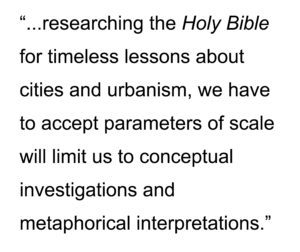 The ancient concept of a city is remarkably different to our modern one due to radical differences in population. World population is generally estimated at between 15-60 million people before the 4th century AD height of the Roman Empire. World population today is more than 7 billion people or approximately 100-500 times greater, depending upon scholarly estimates for ancient populations. The modern megalopolis would have been unimaginable to our ancient ancestors. We also have to accept the limits of translation. Biblical texts have been translated time and time again over the ages. What we might find in researching the Holy Bible will be heavily dependent upon how these ancient texts were translated in the past, hereby affecting our interpretation of the material today. This article initially relies upon the King James (KJB) version of the Holy Bible but also uses the Catholic New Jerusalem Bible (NJB) (translated “directly from the Hebrew, Greek or Aramaic” according to the Roman Catholic Church) as a double-check for translation issues. It is likely this is insufficient. However, it is a good place to start if we actually hope to say anything on the subject during a single lifetime.
The ancient concept of a city is remarkably different to our modern one due to radical differences in population. World population is generally estimated at between 15-60 million people before the 4th century AD height of the Roman Empire. World population today is more than 7 billion people or approximately 100-500 times greater, depending upon scholarly estimates for ancient populations. The modern megalopolis would have been unimaginable to our ancient ancestors. We also have to accept the limits of translation. Biblical texts have been translated time and time again over the ages. What we might find in researching the Holy Bible will be heavily dependent upon how these ancient texts were translated in the past, hereby affecting our interpretation of the material today. This article initially relies upon the King James (KJB) version of the Holy Bible but also uses the Catholic New Jerusalem Bible (NJB) (translated “directly from the Hebrew, Greek or Aramaic” according to the Roman Catholic Church) as a double-check for translation issues. It is likely this is insufficient. However, it is a good place to start if we actually hope to say anything on the subject during a single lifetime.
There are more than three hundred (300) cities mentioned by name in the Holy Bible. Of these, some named cities are clearly more important than others. In particular, Jerusalem, Sodom and Gomorrah, and Babylon/Babel represent something more than mere settlements in geographical space though, of course, they are also this in the biblical texts. These cities have a strong metaphorical/symbolic nature running throughout most of the Holy Bible right to the Book of Revelation (written around 95 AD). There are other well-known biblical cities mentioned such as Jericho, Rome, and Nazareth, which seem more important for the exclusive purpose of geo-spatial location and identification (e.g. “Jesus of Nazareth”). Jerusalem (referenced over 600 times in the Old Testament alone) is first casually mentioned in Joshua 10:1 (KJB “Now it came to pass, when Adonizedec king of Jerusalem had heard…”). Jerusalem is also the last city mentioned by name in the Holy Bible in the Book of Revelation 21:10 (NJB “In the spirit, he carried me to the top of a very high mountain, and showed me Jerusalem, the holy city, coming down out of heaven from God). 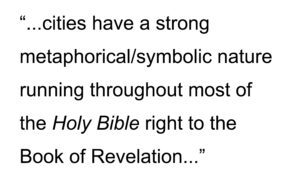 The first city mentioned in the Holy Bible is Enoch, built by Cain and named after his son (NJB Genesis 4:17. “Cain had intercourse with his wife, and she conceived and gave birth to Enoch. He became the founder of a city and gave the city the name of his son Enoch”). Some argue Cain’s Enoch is the ancient Mesopotamian city of Uruk, which was famous as the capital city of Gilgamesh, hero of the Epic of Gilgamesh. However, it is more generally accepted that Uruk is the biblical Erech, said to be founded by Nimrod, who was the great-grandson of Noah. In any case, considering he famously murdered his brother Abel (KJB Genesis 4:9 “Am I my brother’s keeper?”), Cain represents a rather inauspicious father figure for city builders and planners. One could argue (tongue-firmly-in-cheek), this represents the original sin of the planning profession for which they still seek amends to this day as modern planners explicitly desire to be their “brother’s keeper”.
The first city mentioned in the Holy Bible is Enoch, built by Cain and named after his son (NJB Genesis 4:17. “Cain had intercourse with his wife, and she conceived and gave birth to Enoch. He became the founder of a city and gave the city the name of his son Enoch”). Some argue Cain’s Enoch is the ancient Mesopotamian city of Uruk, which was famous as the capital city of Gilgamesh, hero of the Epic of Gilgamesh. However, it is more generally accepted that Uruk is the biblical Erech, said to be founded by Nimrod, who was the great-grandson of Noah. In any case, considering he famously murdered his brother Abel (KJB Genesis 4:9 “Am I my brother’s keeper?”), Cain represents a rather inauspicious father figure for city builders and planners. One could argue (tongue-firmly-in-cheek), this represents the original sin of the planning profession for which they still seek amends to this day as modern planners explicitly desire to be their “brother’s keeper”.
NEXT: Part 2, The Generic City in the Bible.
The Biblical City is a new series from The Outlaw Urbanist.

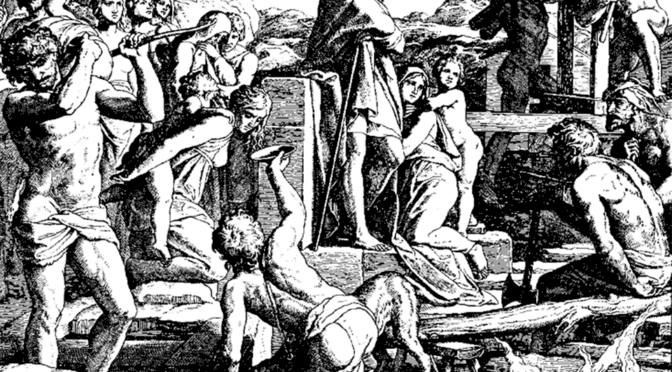
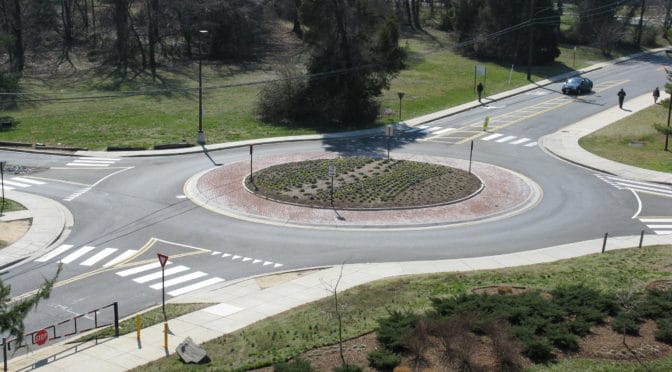
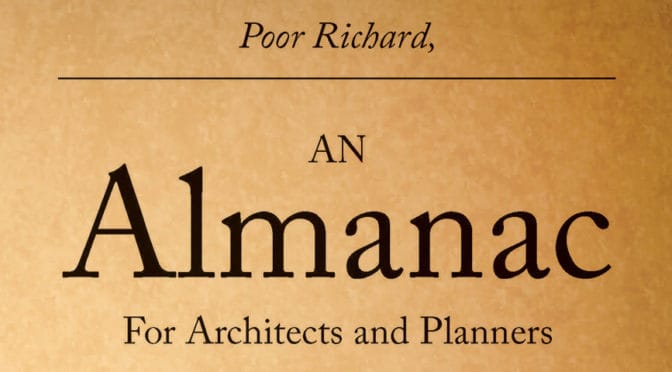
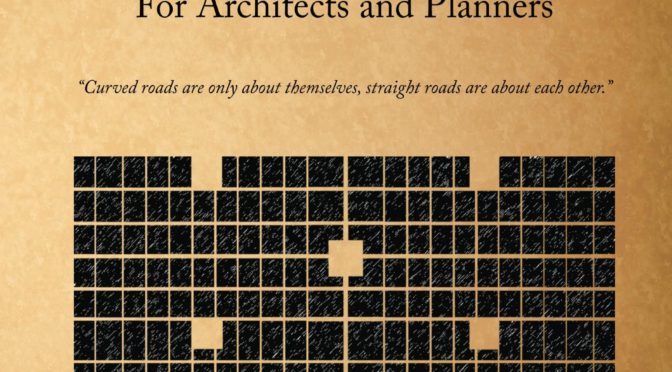
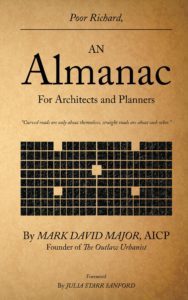
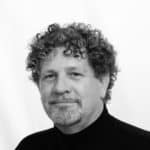 Major’s Twitter postings generated such a positive response that he collected together the first 366 proverbs in Poor Richard, An Almanac for Architects and Planners, first published in Spring 2013 but now available in digital format in
Major’s Twitter postings generated such a positive response that he collected together the first 366 proverbs in Poor Richard, An Almanac for Architects and Planners, first published in Spring 2013 but now available in digital format in 